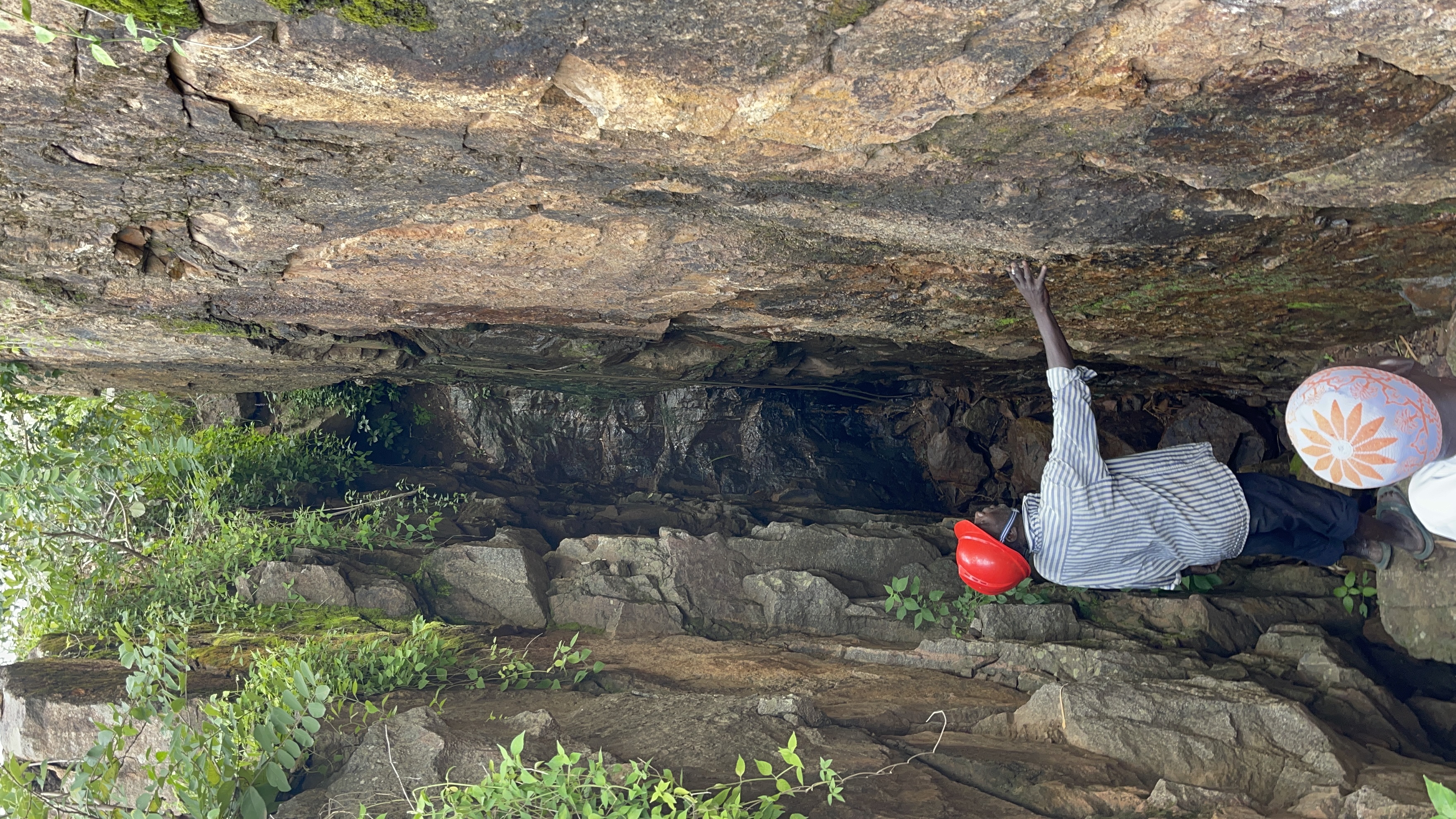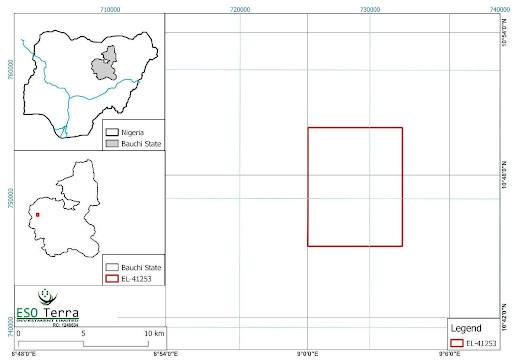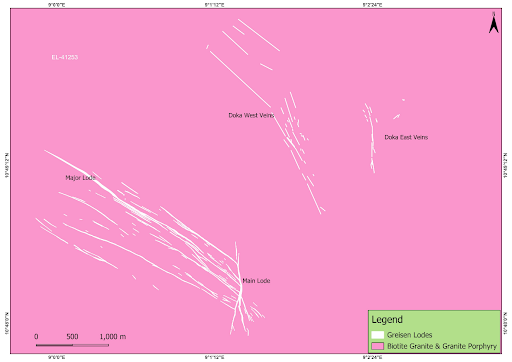

The Kogo Project is an exploration license acquired by EsoTerra Investments Limited to investigate the presence of cassiterite (tin), tungsten, copper, and lead-zinc mineralization in Bauchi State. The site is historically known for alluvial tin and wolfram mining dating back to the WWII era (1939–1945), when it attracted interest from multiple European mining companies, including Nigerian Tin & Exploration Co. Ltd., Bisichi-Jantar (Nig.) Ltd., and Kaffo Mines Ltd.
In 1952 and again in 1967, Kaffo Mines Ltd. conducted the first systematic surface sampling of the quartz-greisen lodes. The Nigerian Mining Corporation (NMC) later took over exploration from 1979 to 1982, conducting surface mapping and core drilling campaigns that generated valuable geological data.
Two major quartz-greisen lode systems have been identified, mapped, and sampled:
Additional satellite greisen zones include:
Historical exploration by NMC included 36 core drill holes and surface sampling of these lodes, indicating strong mineralization with promising grades.
Base metal enrichment in this zone includes:

While historical data is extensive, key gaps remain—including missing core samples, drilling logs, and original assay reports—making the results difficult to independently verify.
EsoTerra is addressing this by preparing to carry out Twinning Check Core and Reverse Circulation (RC) Drilling on selected boreholes from the original NMC program. This will help confirm the historical data and build a verifiable foundation for future exploration and development.